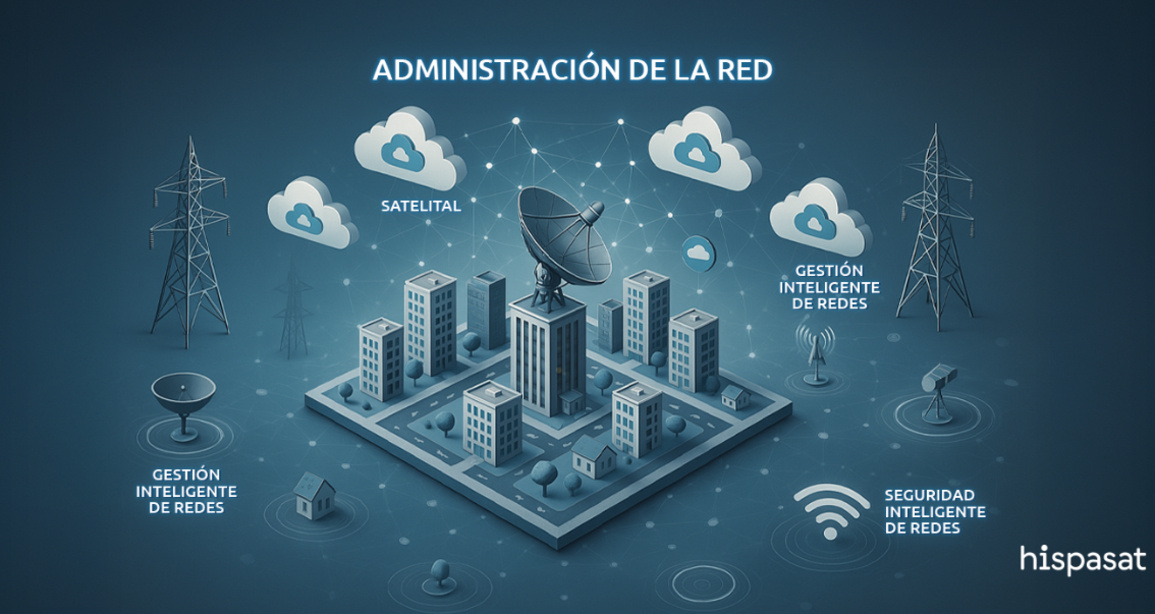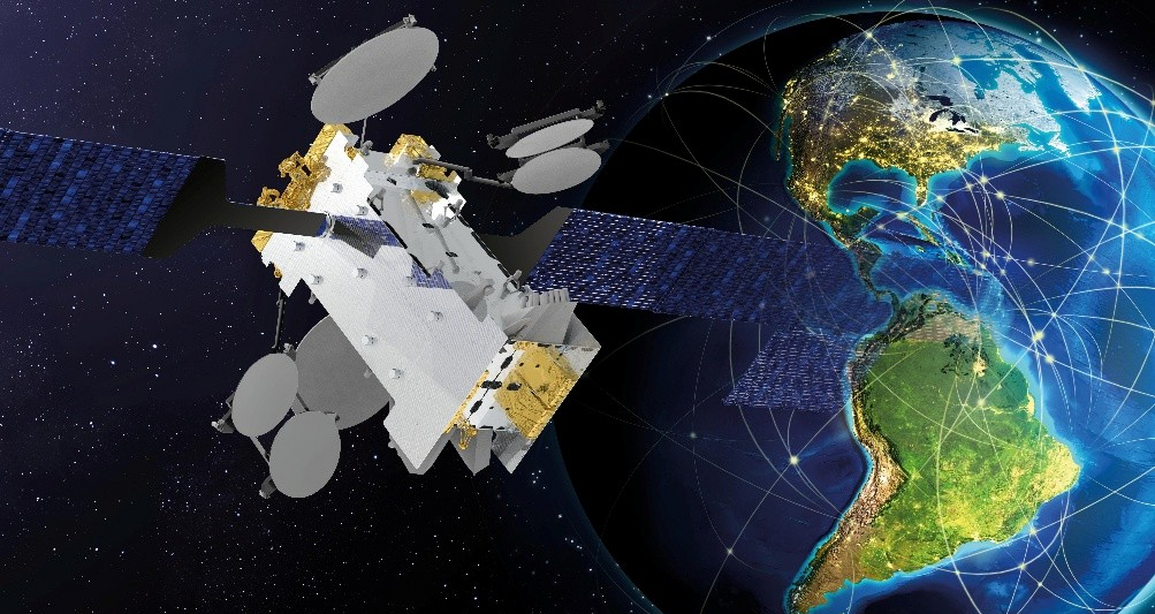
|
27 enero 2025
SD-WAN solutions have emerged as an effective and advanced answer to the challenges enterprises face in managing their networks.
Why do traditional WANs have limitations?
Wide Area Networks (WANs) have for decades been a standard solution for connecting geographies and acting as a foundation for the deployment of enterprise applications. However, traditional WANs suffer from serious limitations in the face of today's connectivity demands:
These shortcomings can lead service problems, such as slow communications, unavailability of critical systems and increased vulnerability to cyber-attacks. For companies, this can lead to significant financial losses and serious operational incidents.
SD-WAN: an intelligent and modern solution
SD-WAN technology, which became popular in 2013, offers a modern alternative to traditional WANs. With advanced network management and security capabilities, SD-WAN is positioned as a comprehensive solution that addresses today's corporate connectivity needs:
Key benefits of SD-WAN
Today the SD-WAN market continues to grow exponentially, largely due to key advantages such as:
Hispasat: A future connected with satellite SD-WAN
At Hispasat we recognize the importance of offering advanced and customized solutions for business needs. Our solution combines SD-WAN technology with satellite connectivity, thus offering our customers:
Modern enterprises cannot afford slow, insecure or inefficient networks. The adoption of solutions such as SD-WAN, combined with Hispasat's expertise, ensures intelligent, ubiquitous, secure and future-proof enterprise connectivity. At Hispasat, we are here to help you implement customized solutions that drive the success of your business. For more information, visit our website to contact a sales consultant: Contact form

15 noviembre 2024
Satellites located at 36,000 kilometers are geostationary, but what are they and what are they used for?

11 marzo 2025
A satellite dish or parabolic antenna is a device primarily responsible for receiving or transmitting high-frequency electromagnetic waves from Earth to satellites orbiting in space, and adapting these frequencies so they can be distributed over coaxial cable networks.